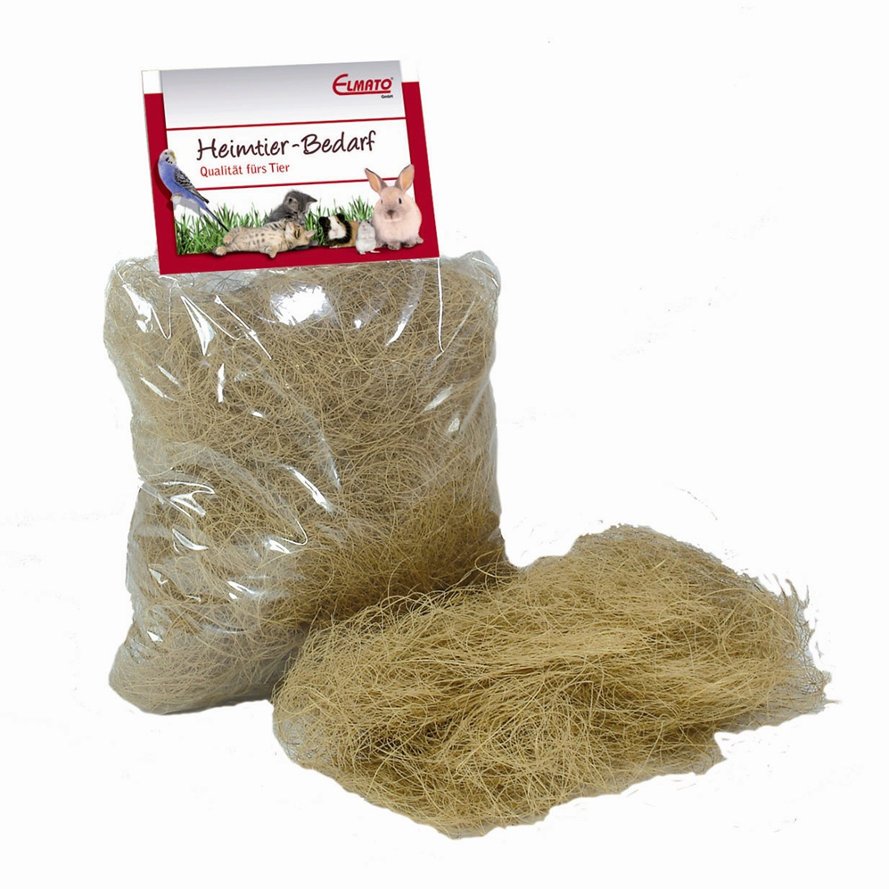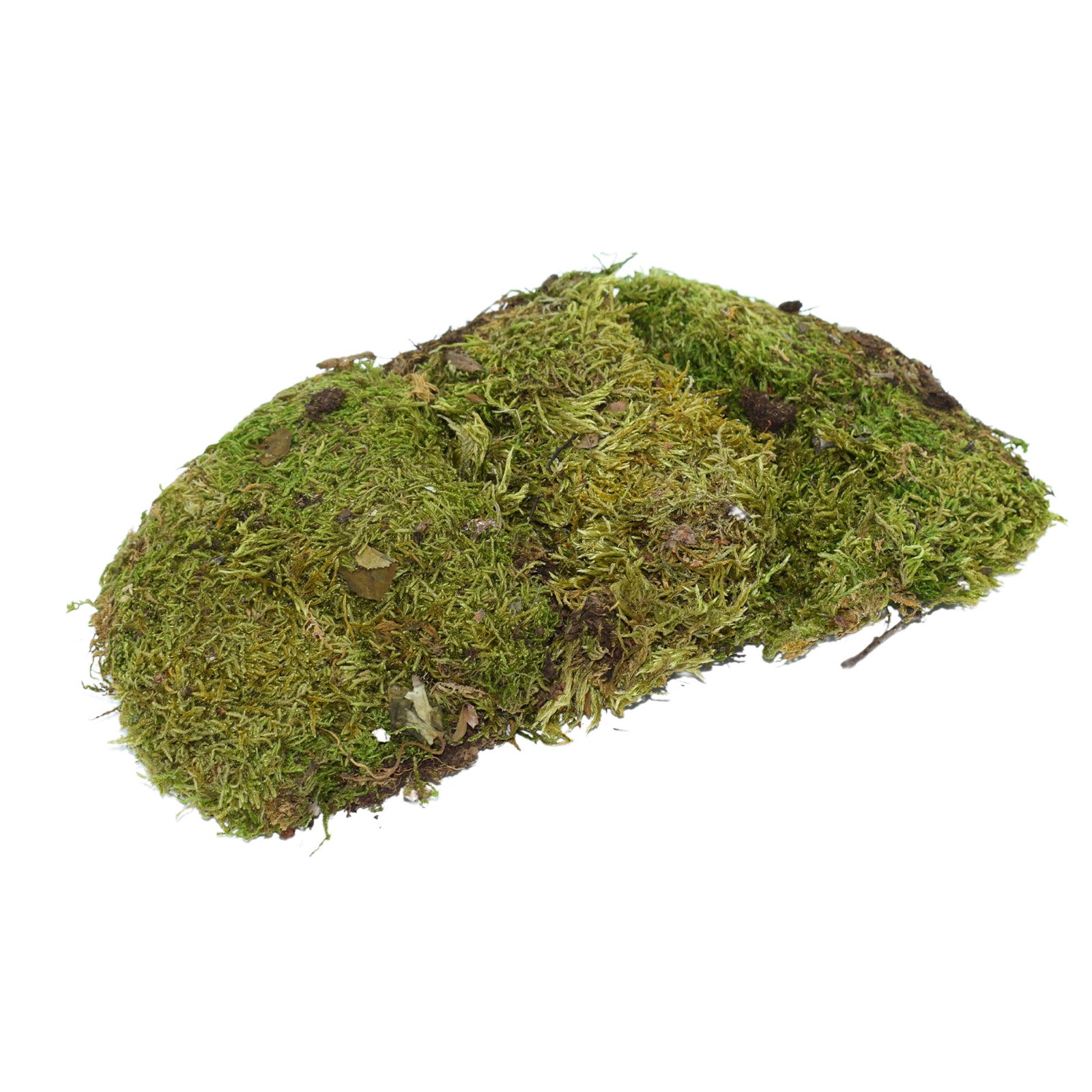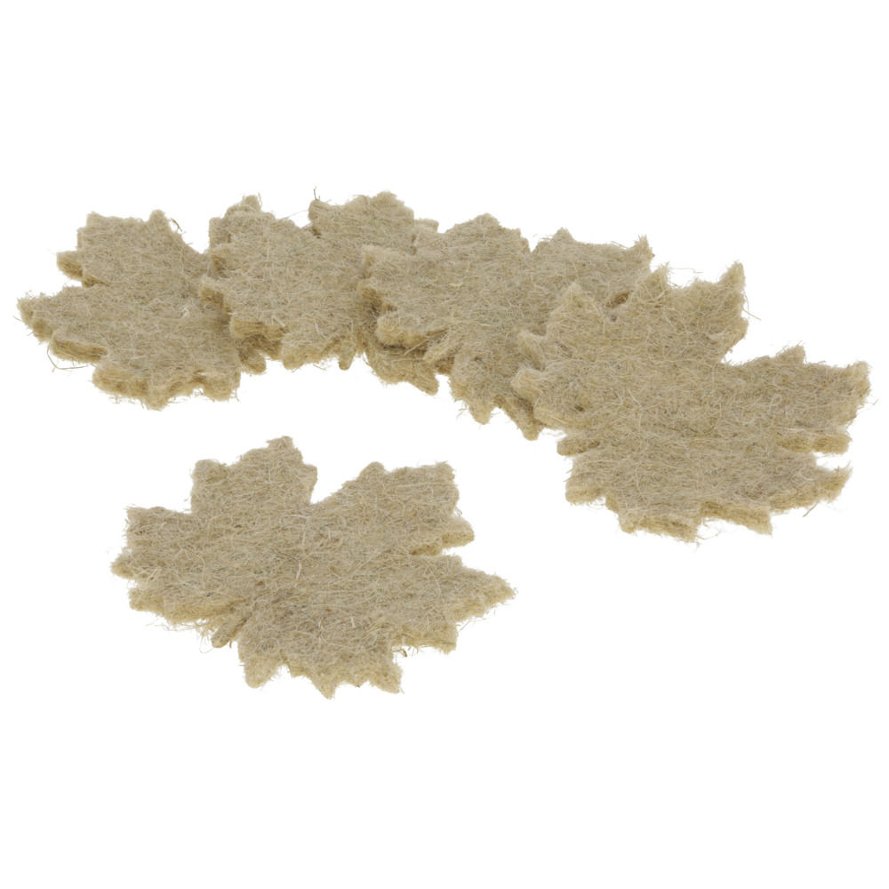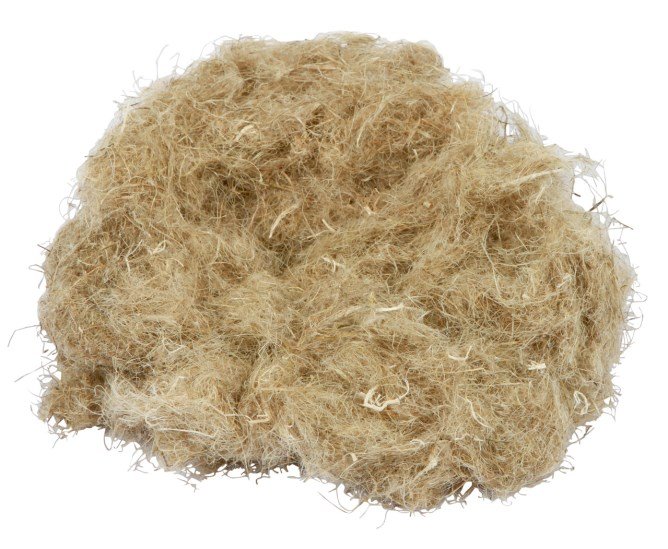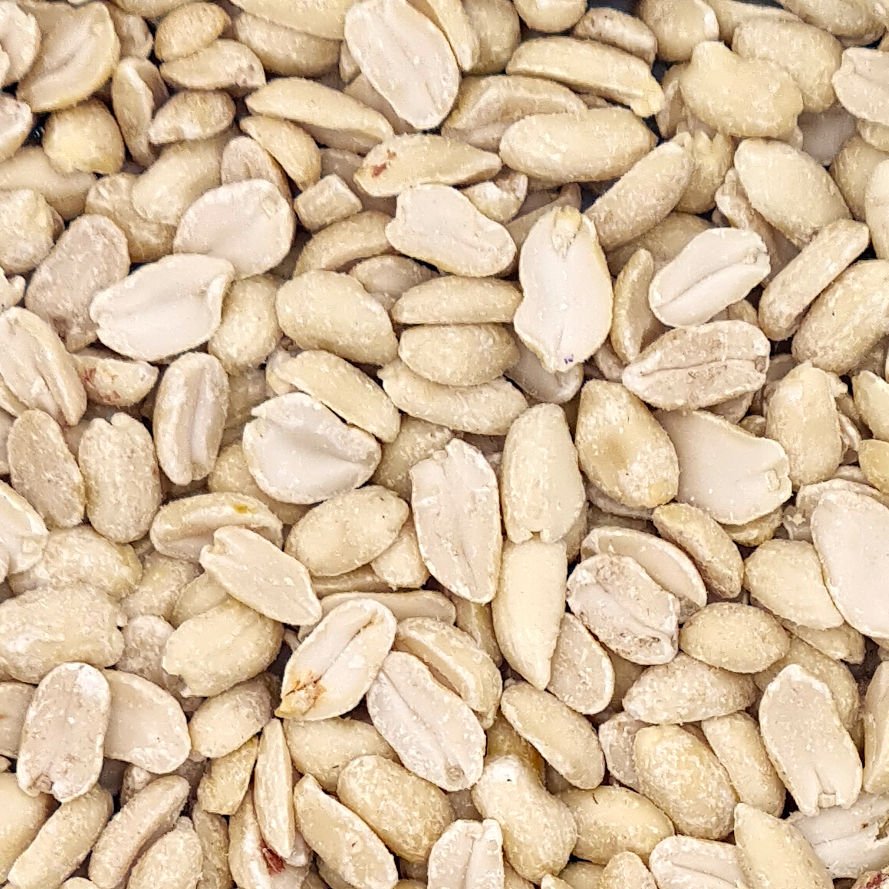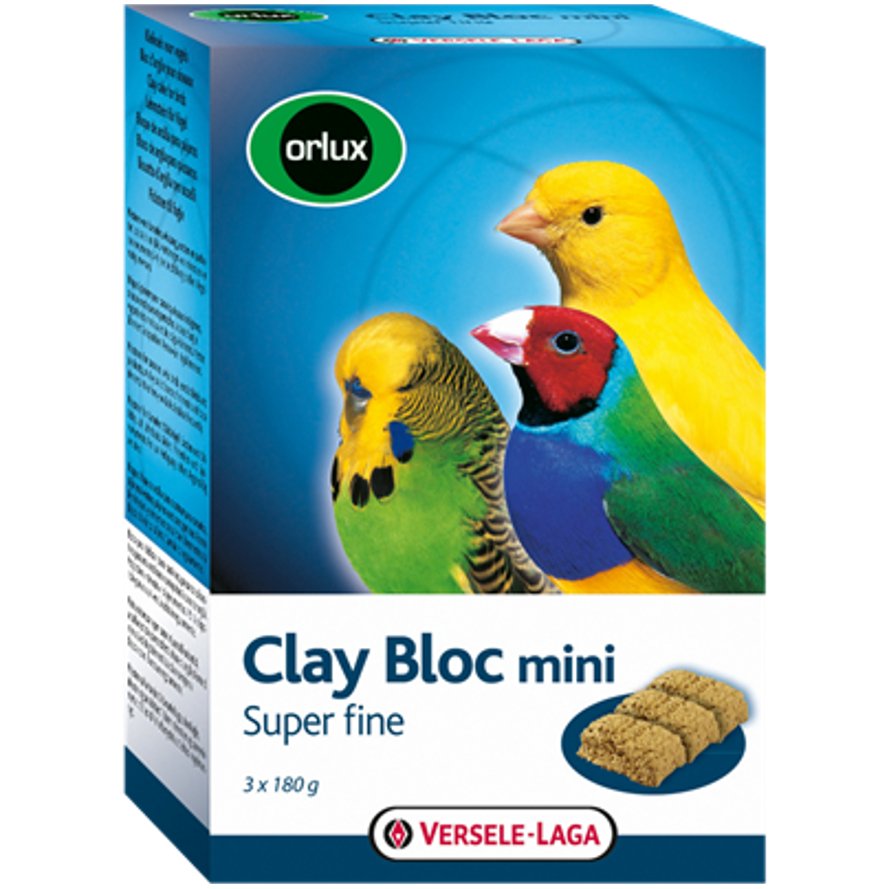
Nesting material
Nesting materials such as cotton bedding, moss and hemp fiber are an ideal addition to the nesting behavior of dwarf hamsters, hamsters, gerbils and color mice. They provide a soft and cozy bed for the small rodents. Larger rodents such as guinea pigs, chinchillas, degus and the rabbits also love to snuggle in a nest of cotton bedding or moss.- hygienic and dust-free
- pure natural product
- nesting material & employment
Content: 60 g (€4.98* / 100 g )
- natural product
- Nesting material and occupation for rodents, parakeets & parrots
Content: 100 g (€0.10* / 1 g )
- Nesting material
- Suitable for hamsters, coloured mice & co.
Content: 5 Stück (€0.86* / 1 Stück )
- 1 00 % hemp
- purely organic
- edible and fully digestible
Content: 30 g (€0.08* / 1 g )

